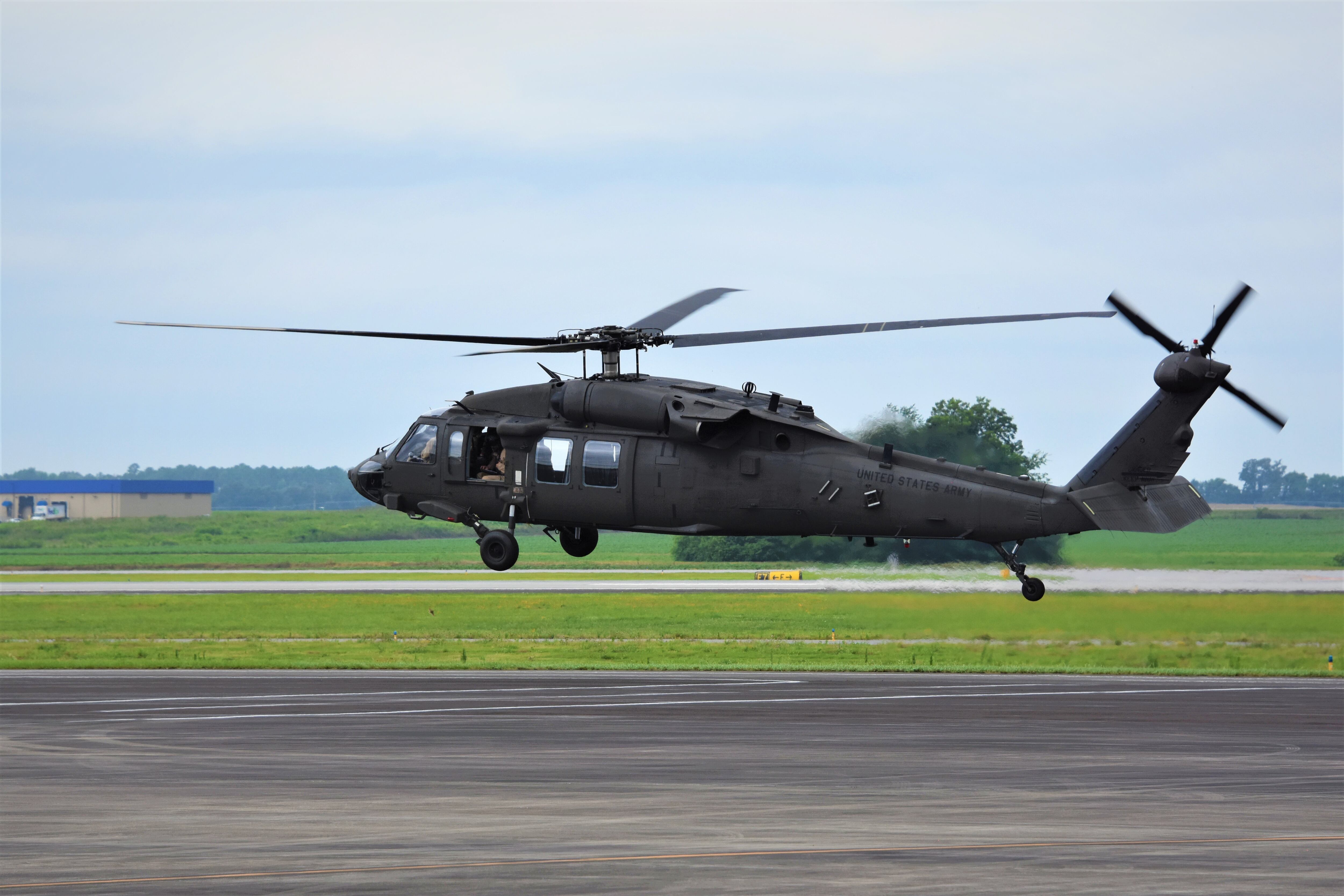WASHINGTON — The U.S. Army’s Victor-model Black Hawk utility helicopter has completed an initial operational test and evaluation, paving the way for the service to make a full-rate production decision for the upgraded aircraft, according to an Aug. 22 Army statement.
The program converts Lima-model aircraft from analog to digital cockpits. This replacement better matches the capabilities of the Mike model, the latest variant of the helicopter. The Army considers it a stepping stone in the its pursuit of a digital backbone for its Future Vertical Lift fleet, which will allow mission systems to seamlessly plug into the architecture of the aircraft.
The Army conducted the first initial operational test and evaluation at Joint Base Lewis-McChord in Washington state in September 2019, but due to numerous software reliability issues, the Army decided to hold a second test in the summer of 2020. That event was pushed back by a year due to the coronavirus pandemic and delays in the certification process that would allow the aircraft to fly in national airspace.
The first IOT&E event relied on engineering and manufacturing development versions of the Victor-model aircraft rather than production-representative systems. Wiring harnesses contributed to reliability problems.
The Army fixed the software issues identified in the first operational test last year through a new software baseline.
In March 2022, the service was cleared to fly in national airspace, receiving its Instrument Flight Rules – or IFR – certification, meaning the helicopter is safe to fly during the day, at night and under instrumented meteorological conditions.
The first tactical unit to be fielded – the 1st Battalion of the 106th Aviation Regiment of the Illinois Army National Guard – received the first aircraft in July 2021.
The unit conducted the second IOT&E drill, which began on July 5, 2022, at Fort McCoy, Wisconsin, according to the service’s statement.
The aircraft logged 120 hours with five UH-60Vs flying under “realistic battlefield conditions” in the first three weeks of preliminary testing, followed by “record testing” from July 28 through Aug. 5, wrapping up with 200 flight hours total, the Army reported.
The full Army Test and Evaluation Command Operational Evaluation Report is expected to be released in December 2022.
Redstone Defense Systems won an Army contract in the spring of 2014 to take Northrop Grumman’s cockpit design and integrate the technology into V-model prototypes. Three prototypes spent more than two years in the Prototype Integration Facility at Redstone undergoing integration.
The Army partnered with Corpus Christi Army Depot, Texas, to convert “L” models into new “V” models at a rate of 48 aircraft per year, which some have called too slow, as it would take 15 years for the service to produce all 760 aircraft. The Army has been looking at ways to speed that up.
Jen Judson is an award-winning journalist covering land warfare for Defense News. She has also worked for Politico and Inside Defense. She holds a Master of Science degree in journalism from Boston University and a Bachelor of Arts degree from Kenyon College.




